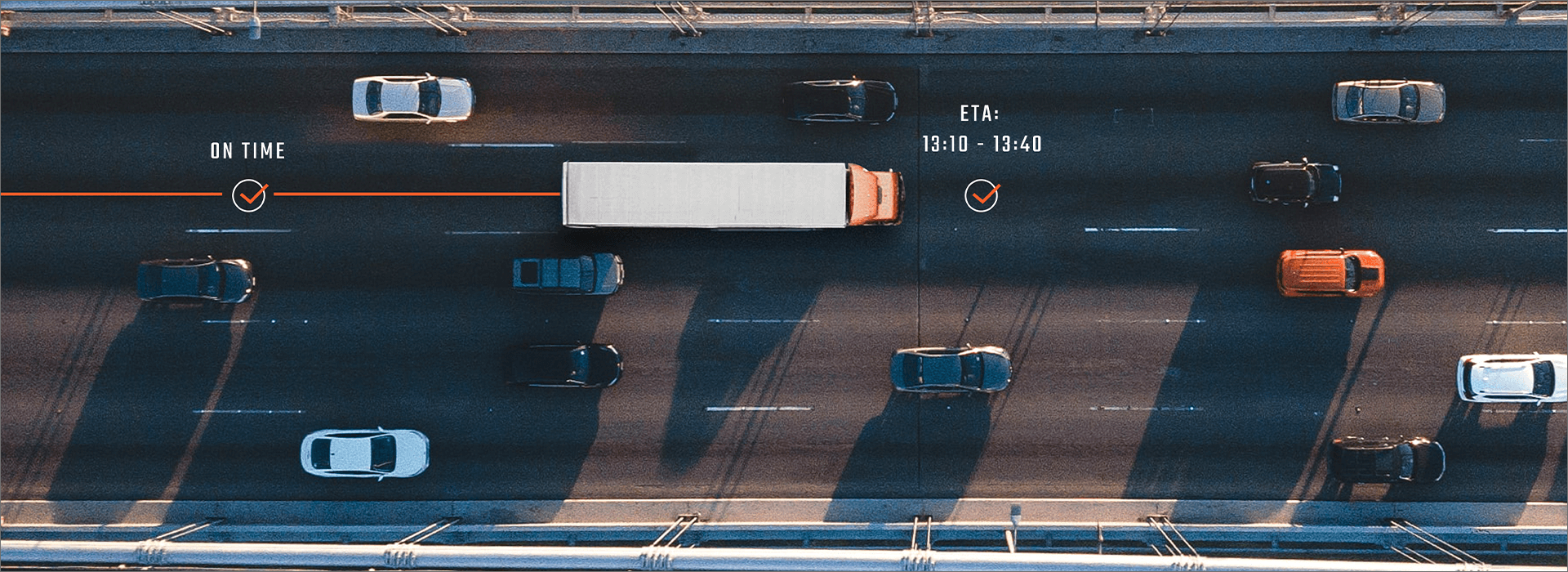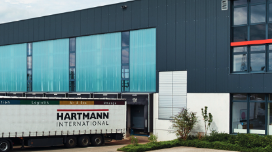HAVE QUESTIONS?
We are always here to answer them. Some frequent ones being...
In fact with Smartlane's step by step approach the changes for the dispatchers are reduced to a minimum: They can still use the TMS frontend they are used to, the well established regions can be maintained and with that: also the cross docking processes. Together with the dispatcher, the level of automation and optimization in the dispatching process is then step by step increased.
It is very likely that they do not know at all that a new software has been introduced. However, they will notice that there is a change: Less short working days (they don’t like that bit of course), higher stop density, less days with overtime, more deliveries and pickups according to the committed time windows, less complaints, less km to be drive (they love all these aspects!).
Once the system integration via Smartlane’s modern API is done, there is not too much to do since Smartlane Transport Intelligence is operated by Smartlane in the cloud.
We use AI in many areas. First of all we use constraint based algorithms like most of our competitors. But we also use machine learning techniques in order to improve the planning results further and further based on real time data of the operation that is fed back to the Smartlane solution. Finally, we also use deep learning methods like pattern recognition in order to improve the planning results even more by correlations that humans might not recognize, at least at a first glance.
On one hand, Smartlane is extremely focused on its vision to optimize transport planning in general. On the other hand, the Smartlane experts are in very close and intense contact with the Smartlane customers to make sure that the solutions perfectly matches their expectations and provides the desired benefits. Together with the exponential growth, this makes Smartlane an emerging market leader.






